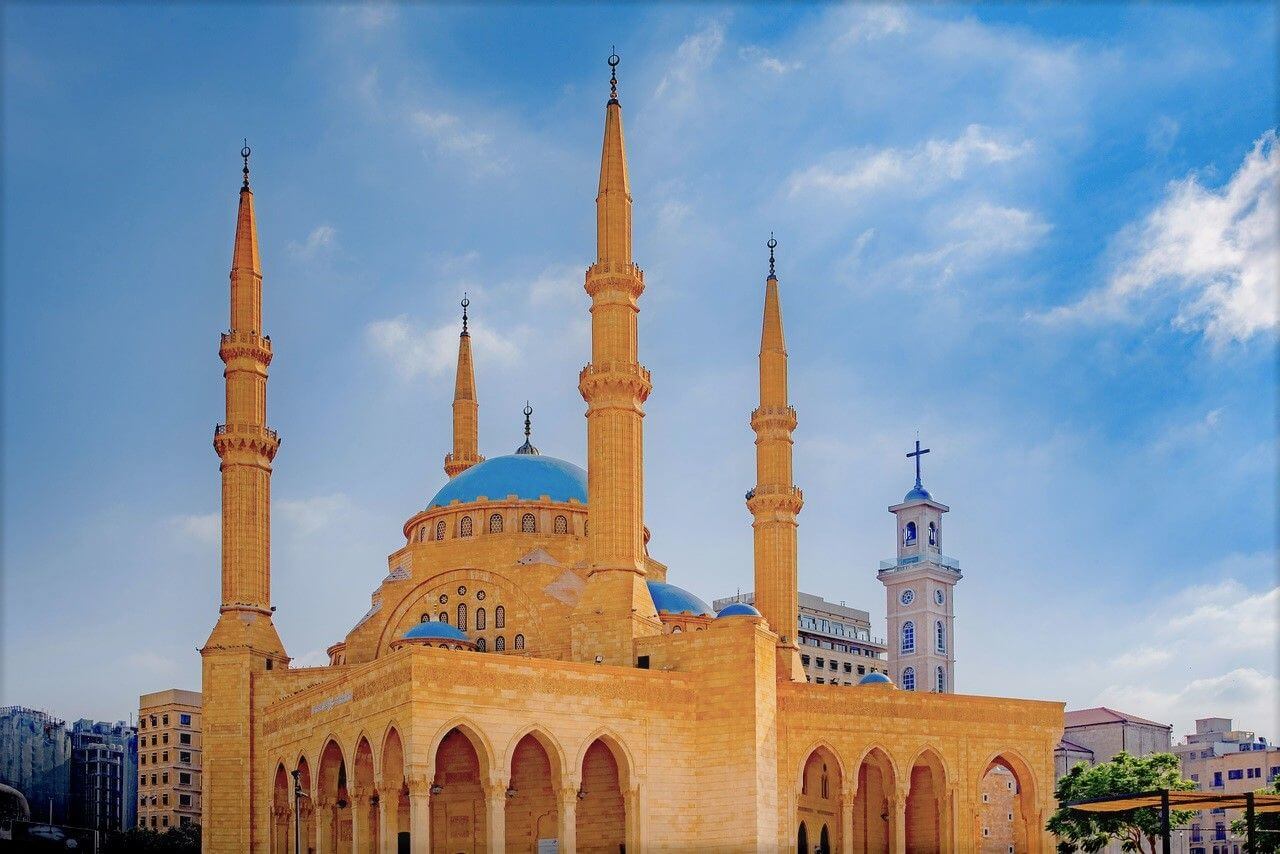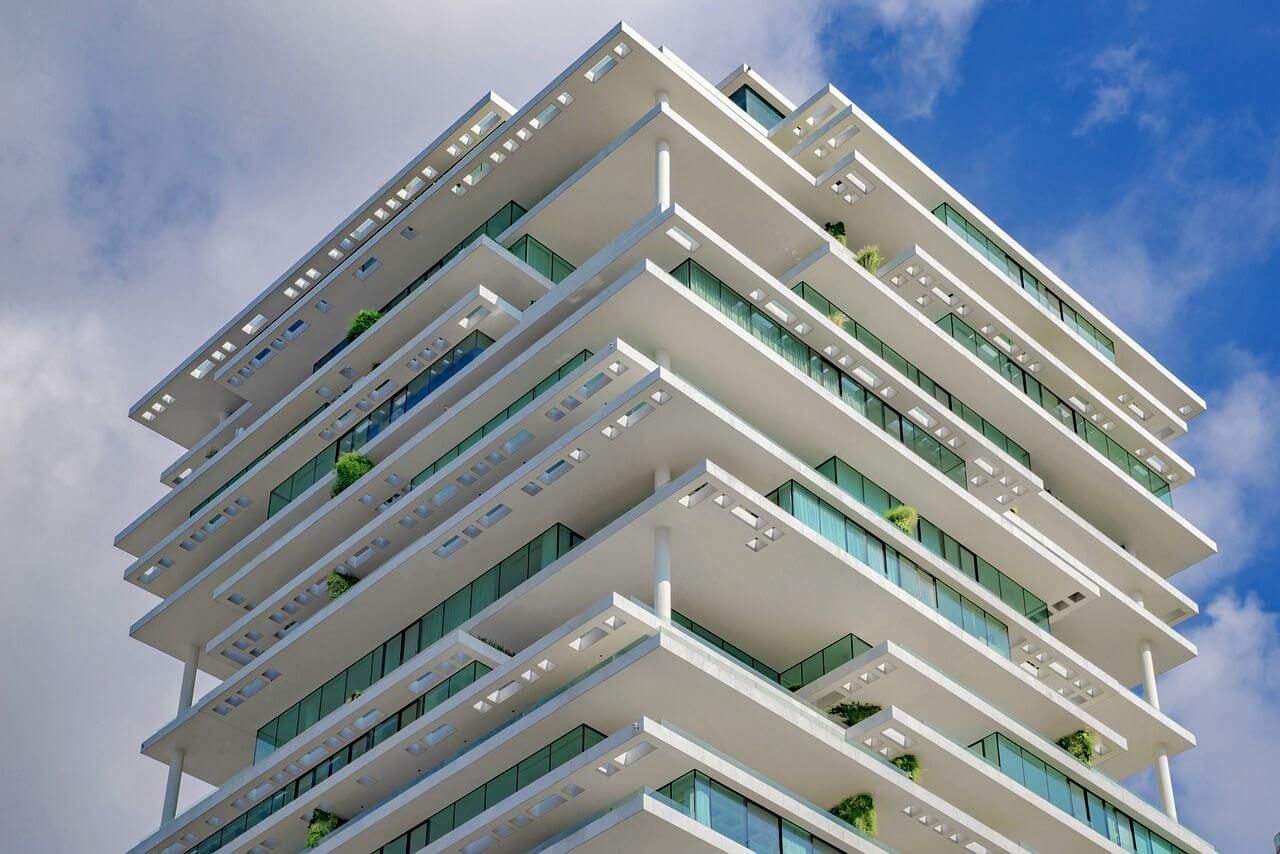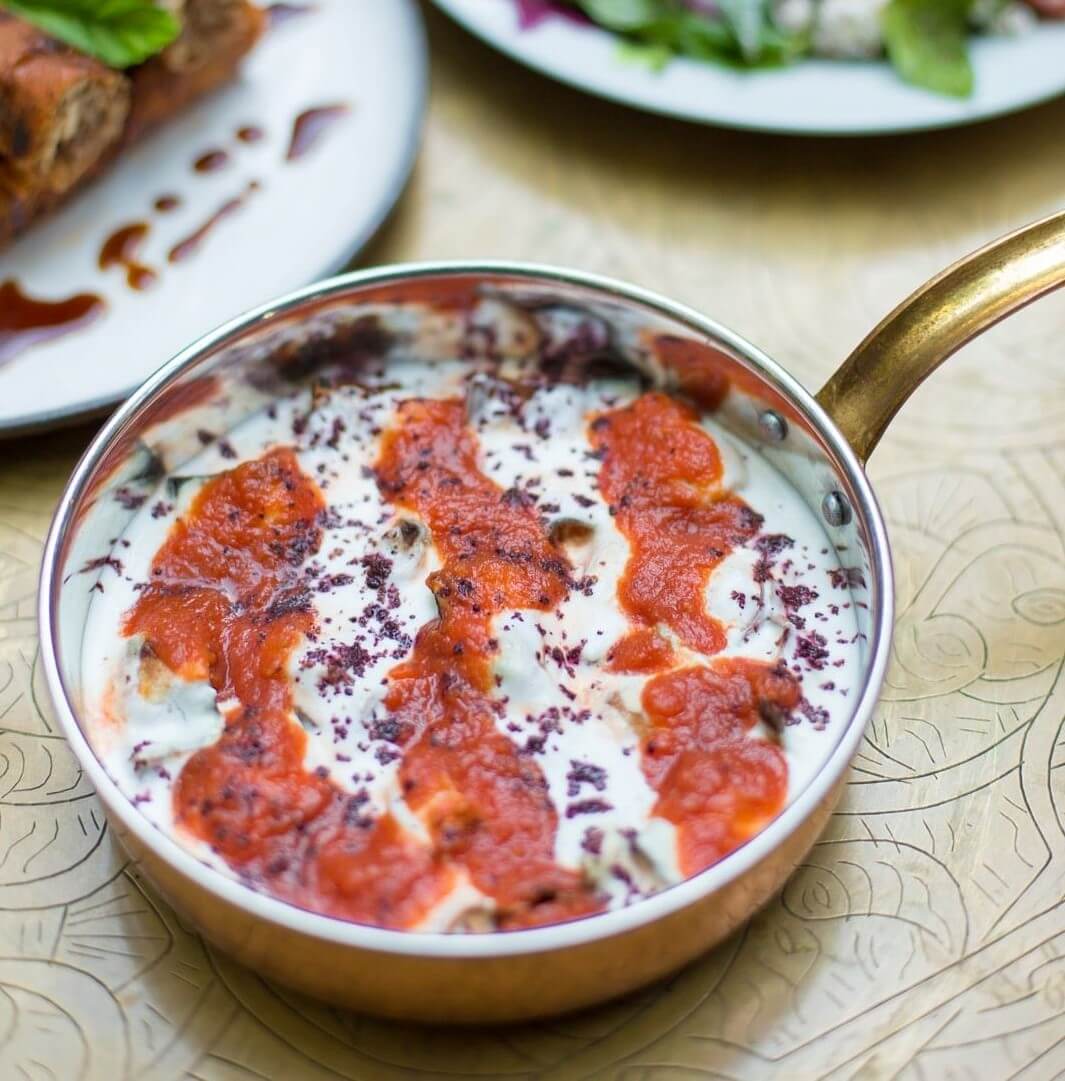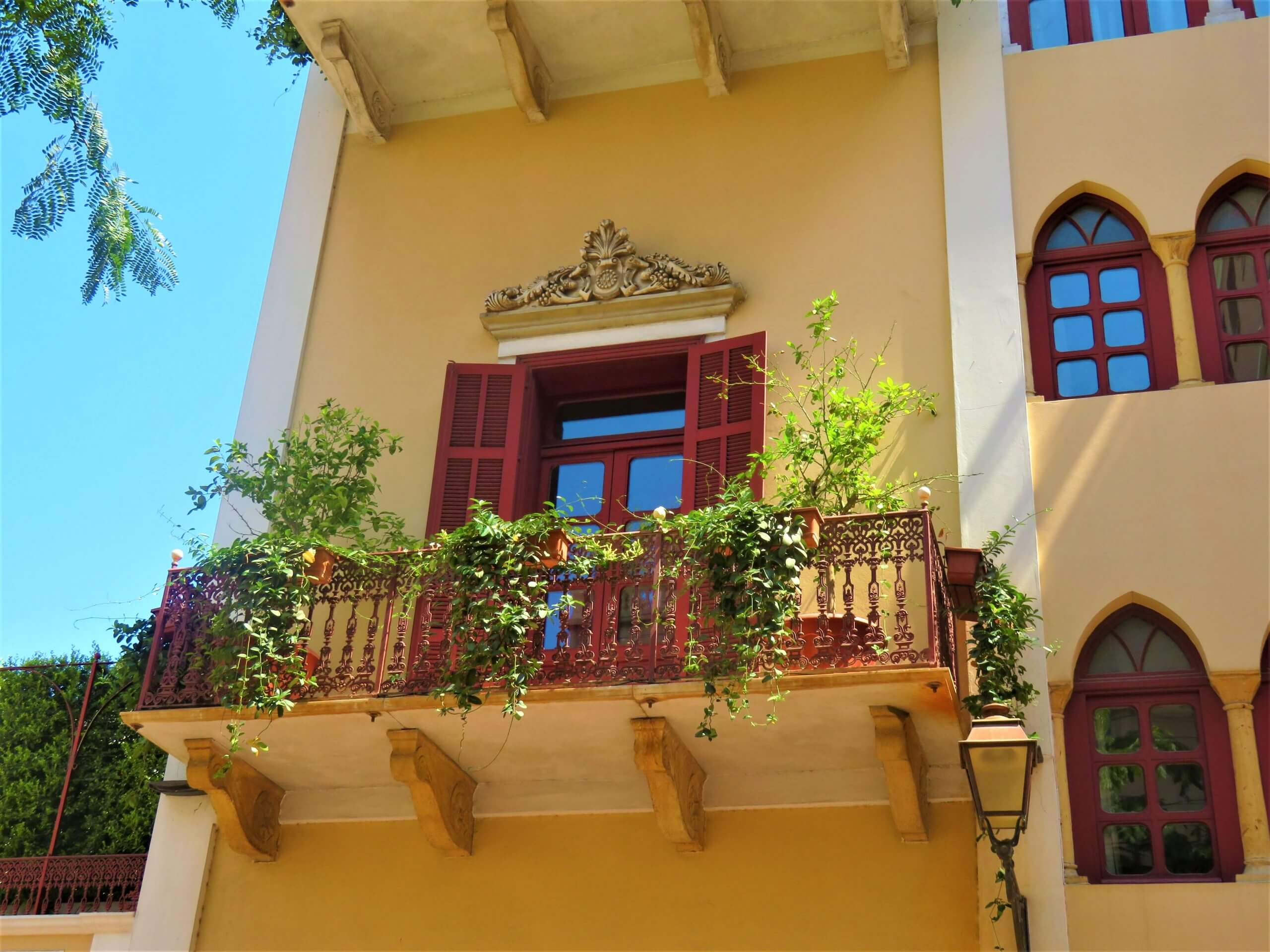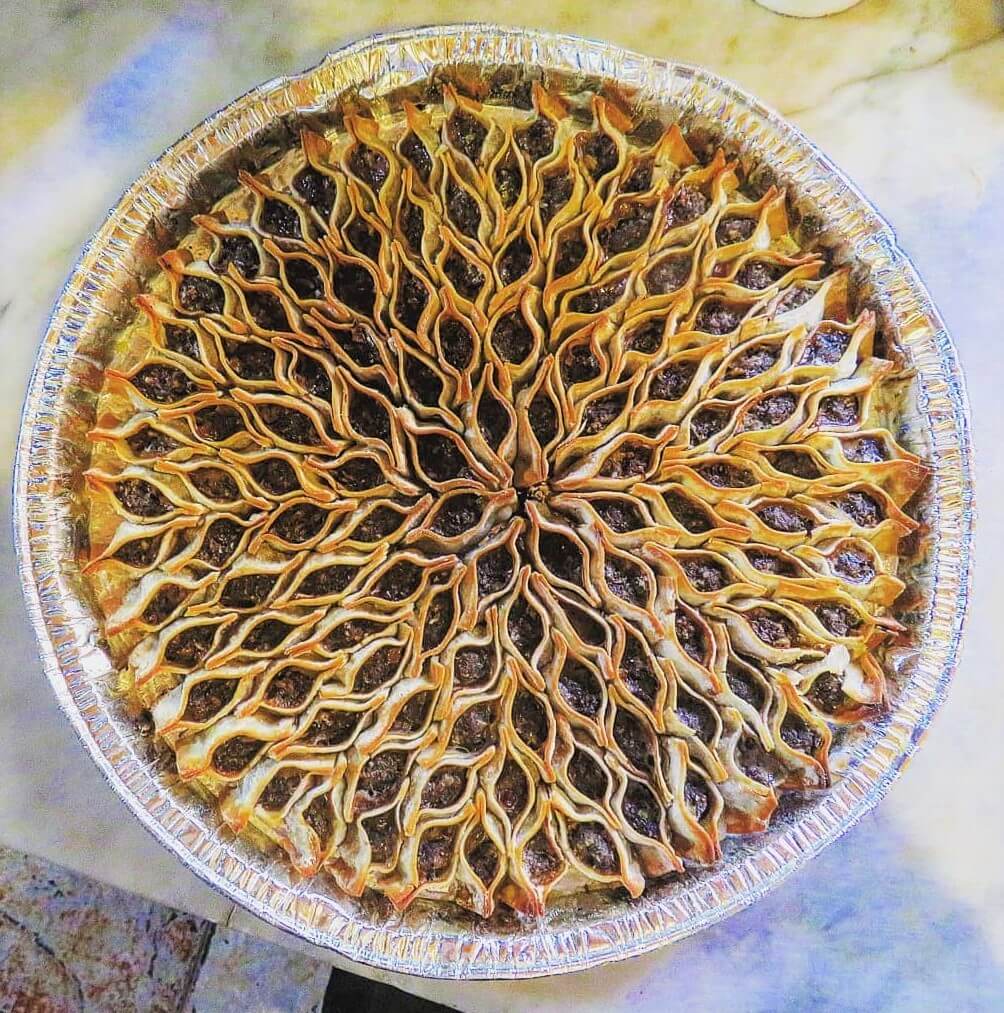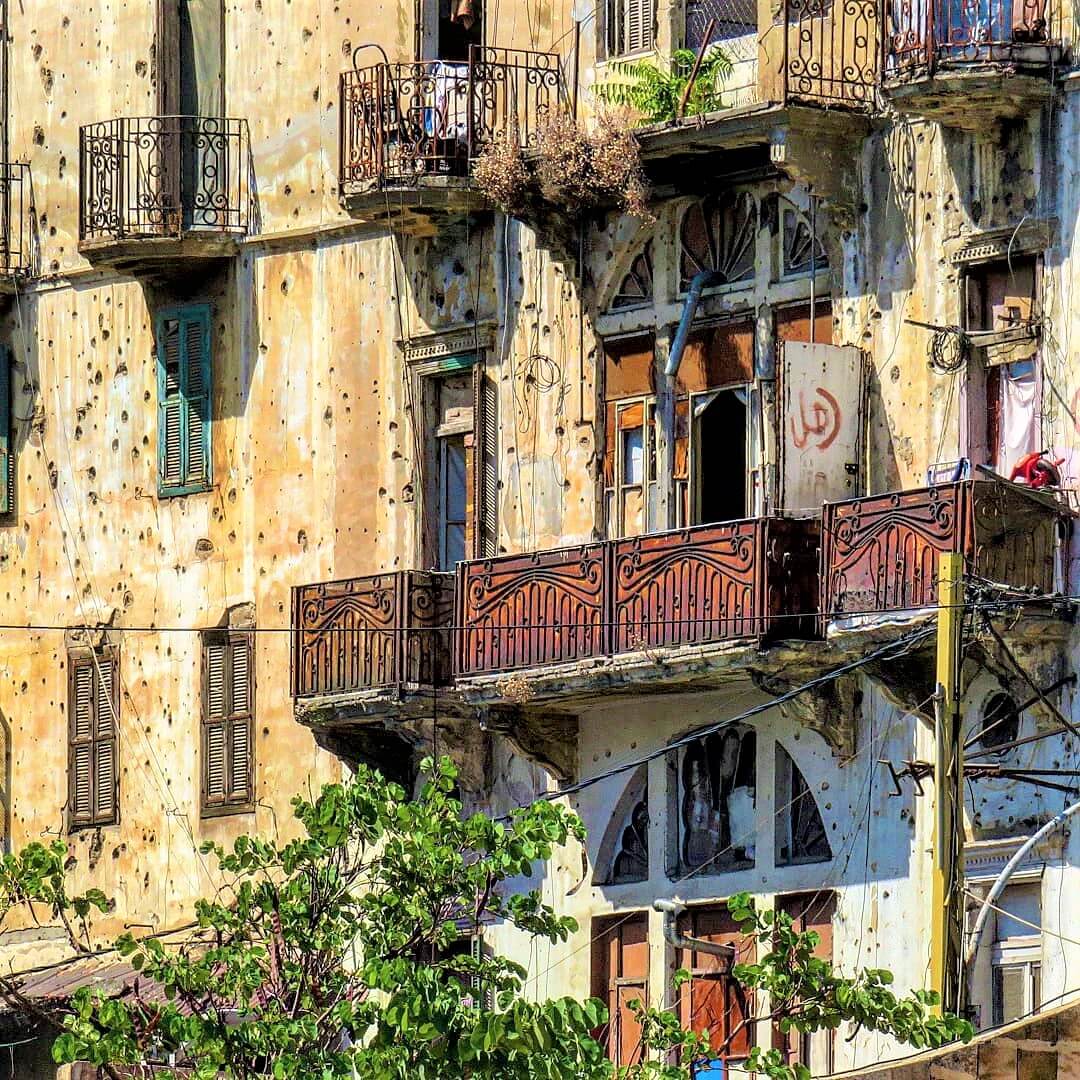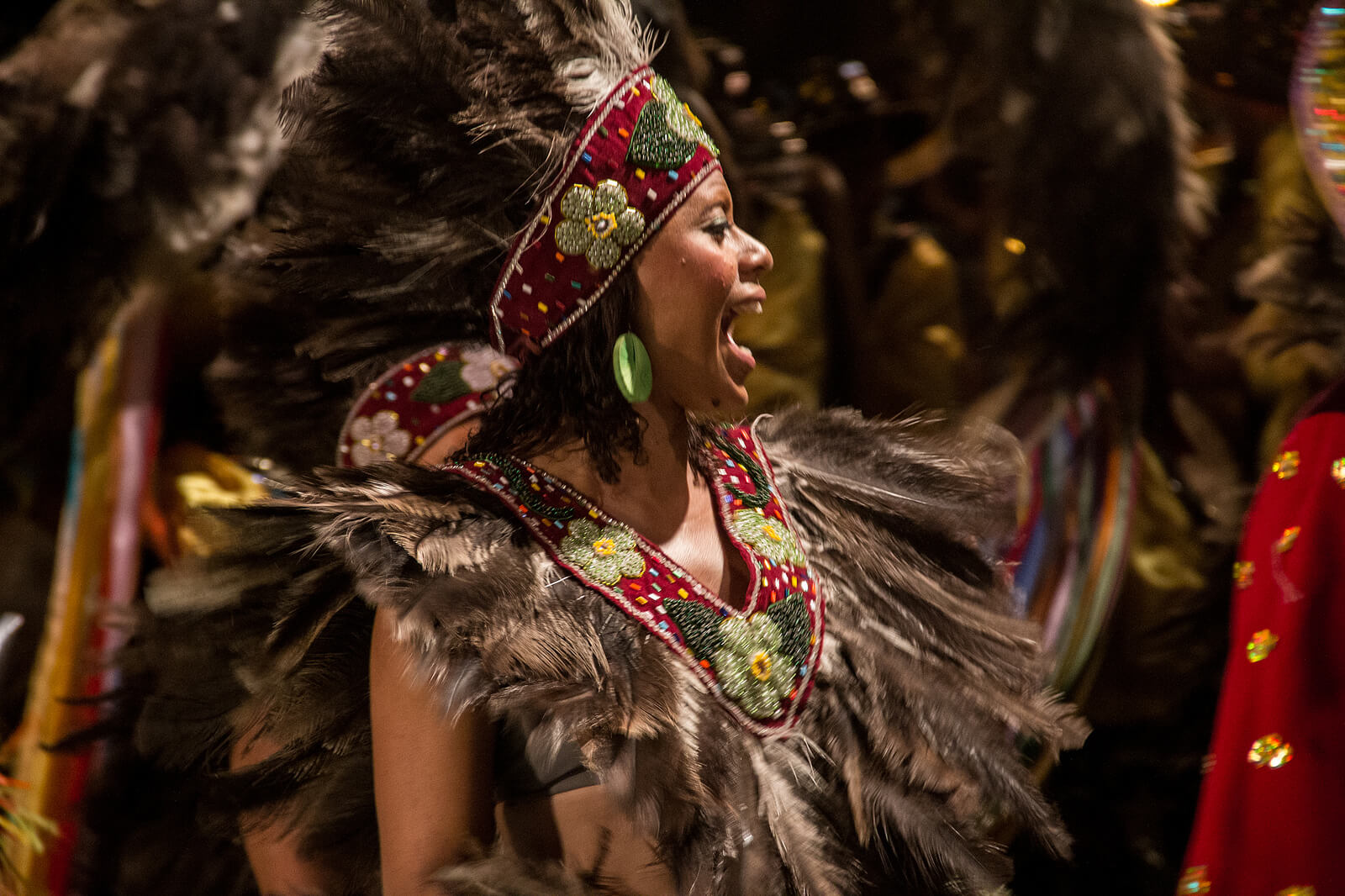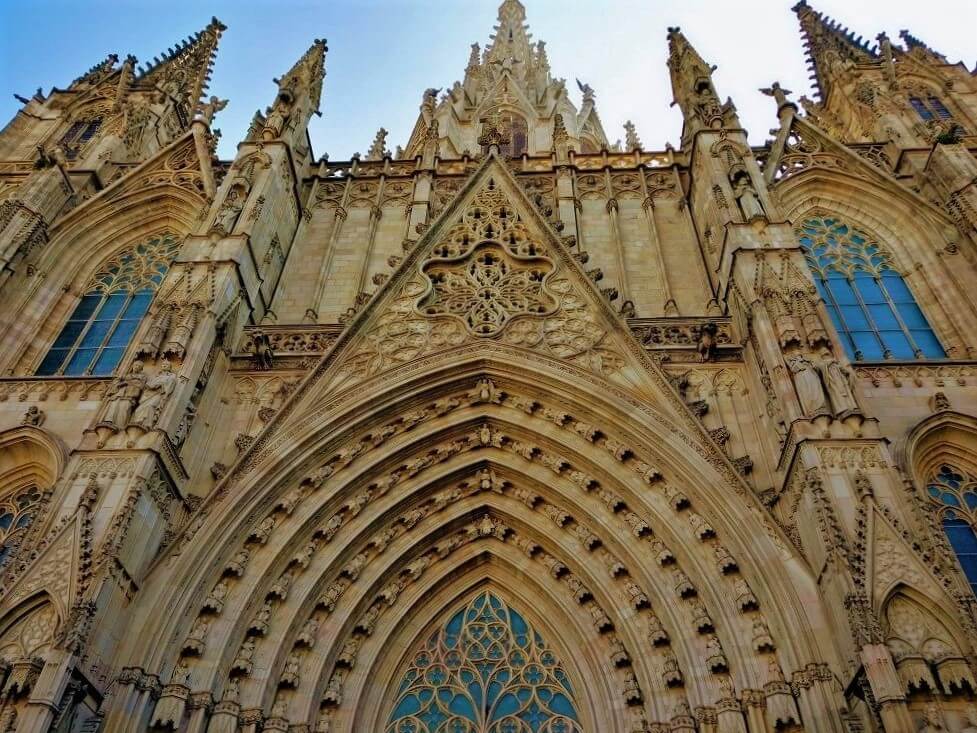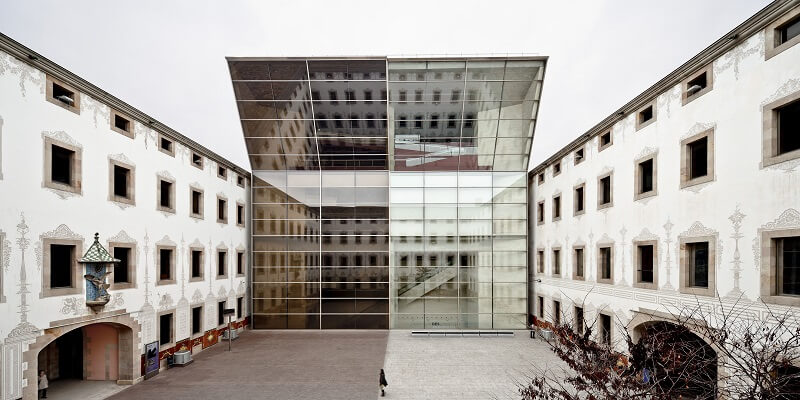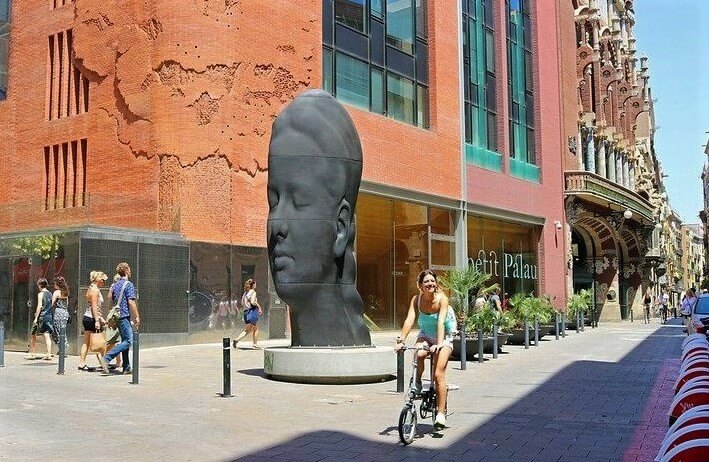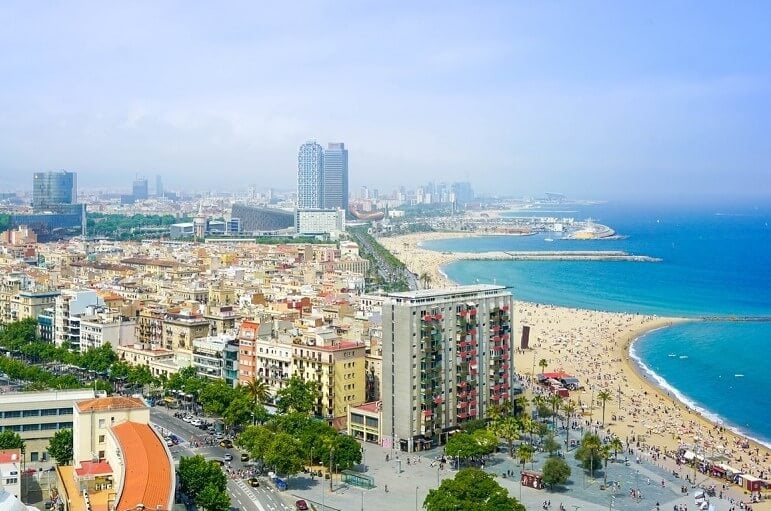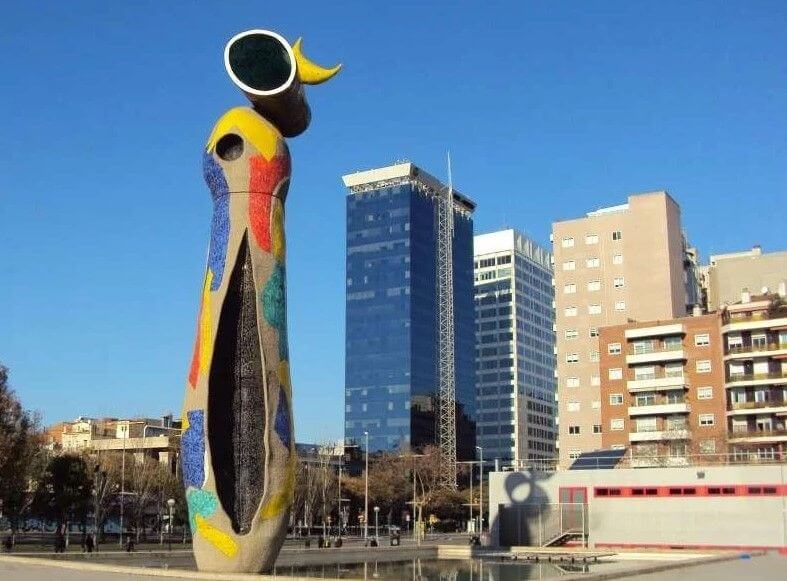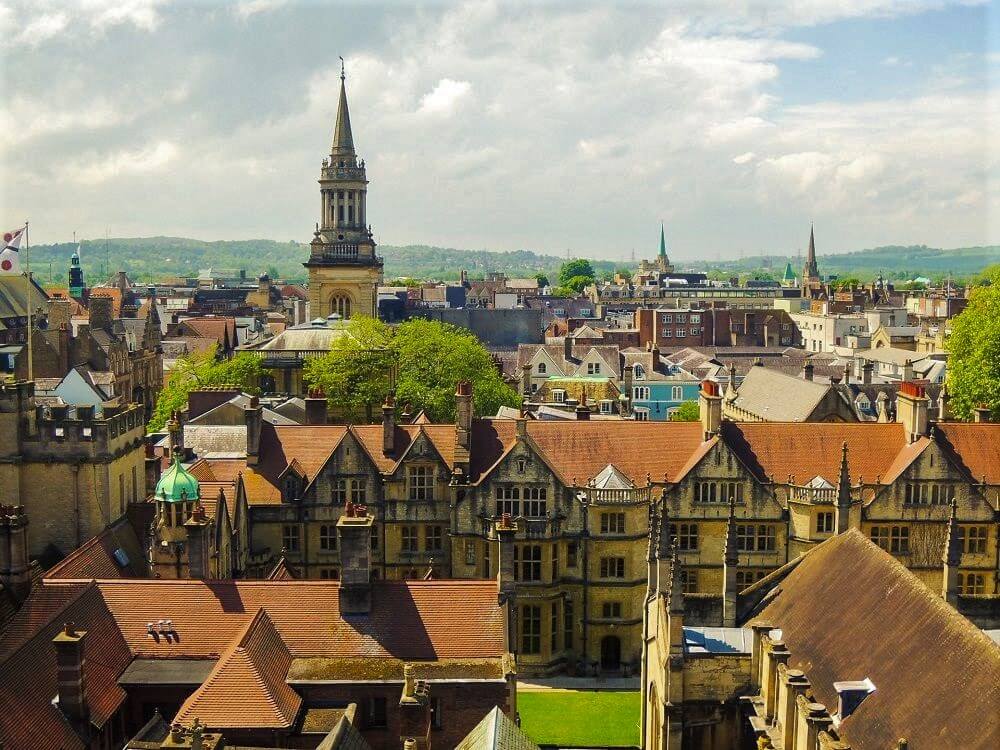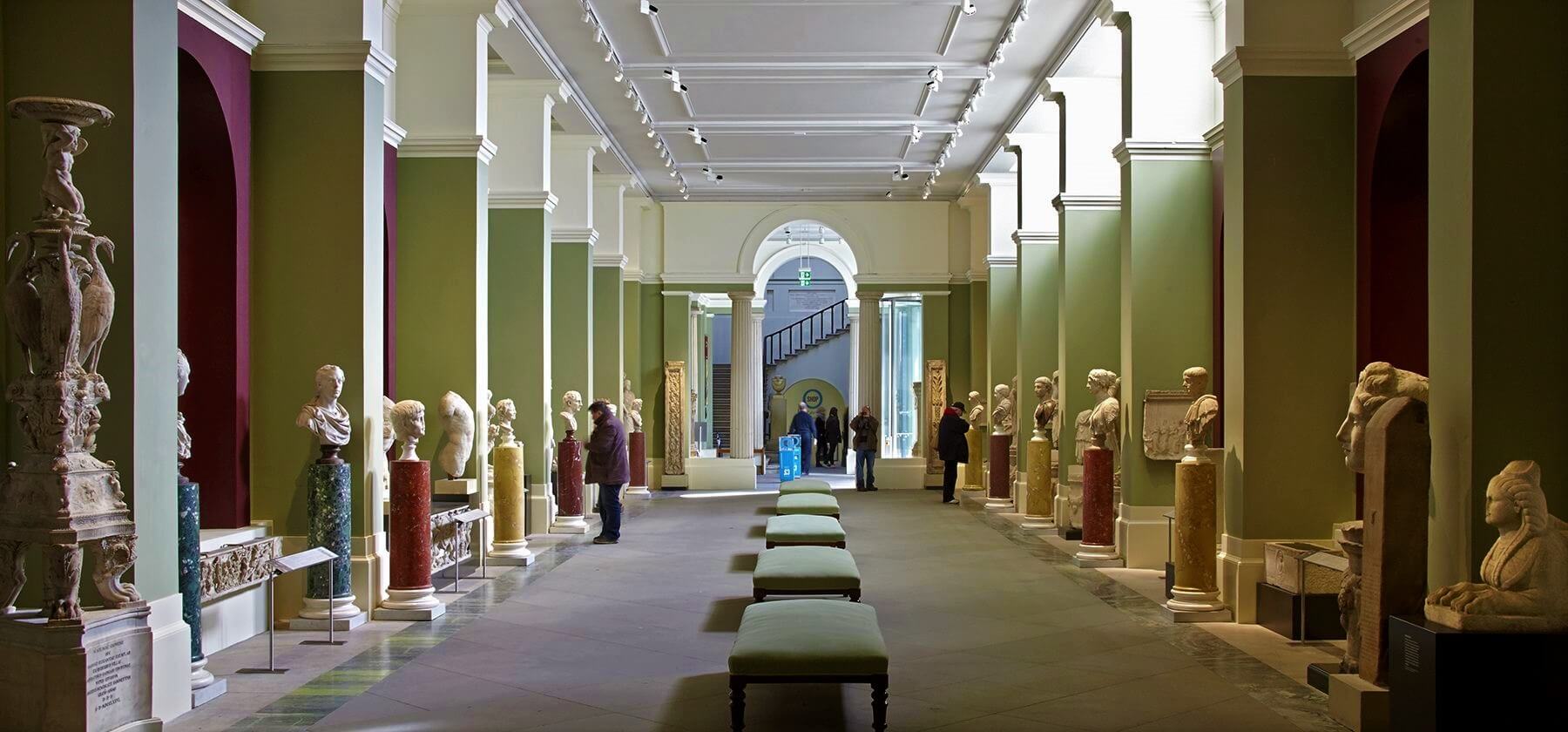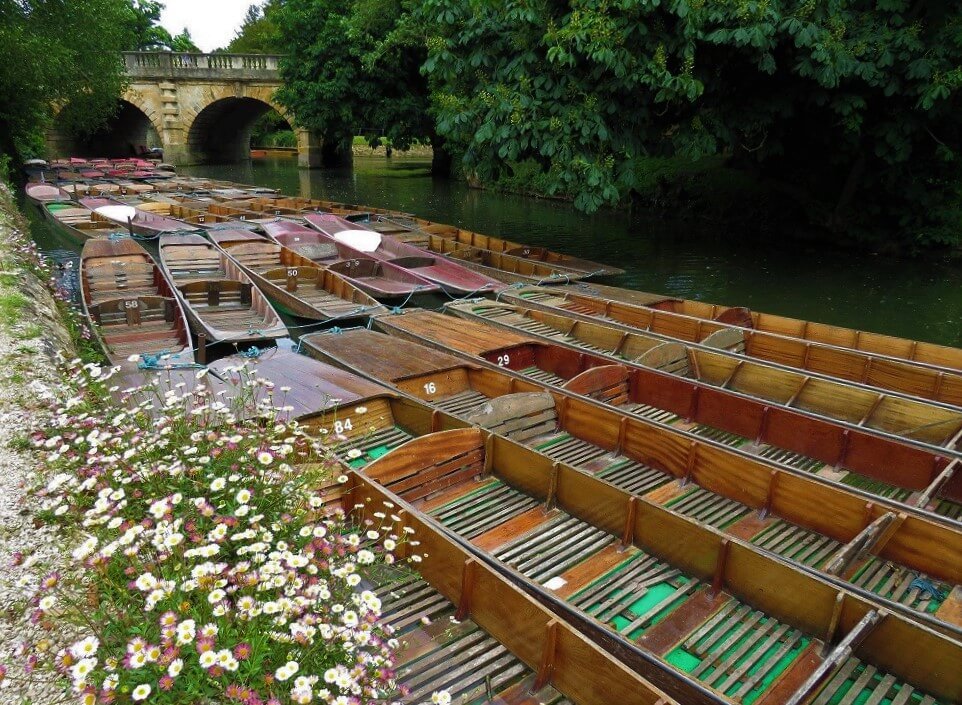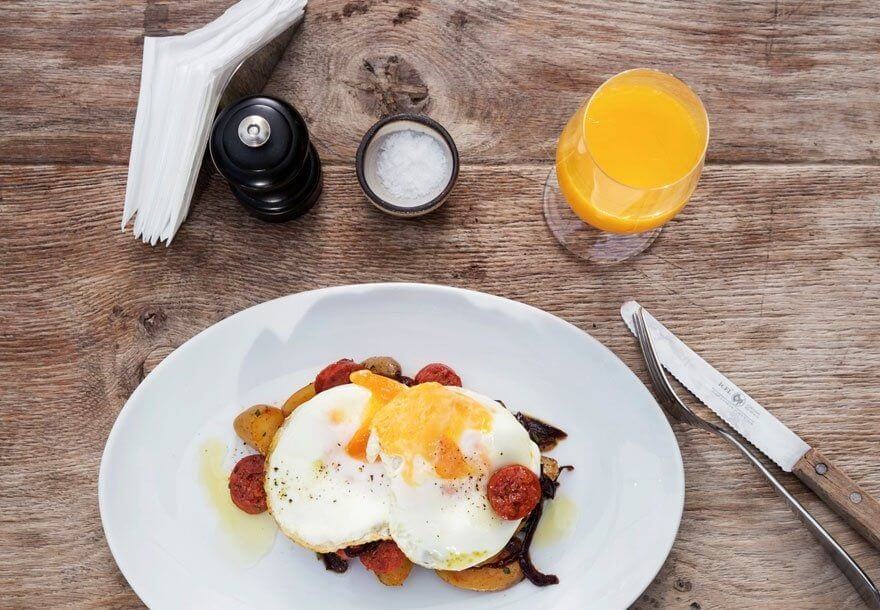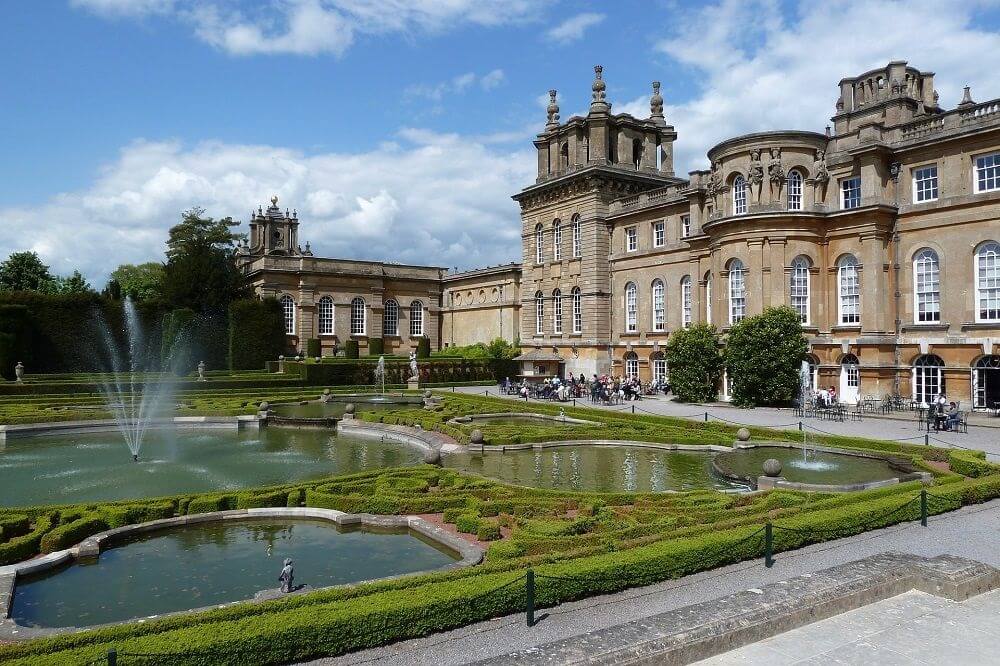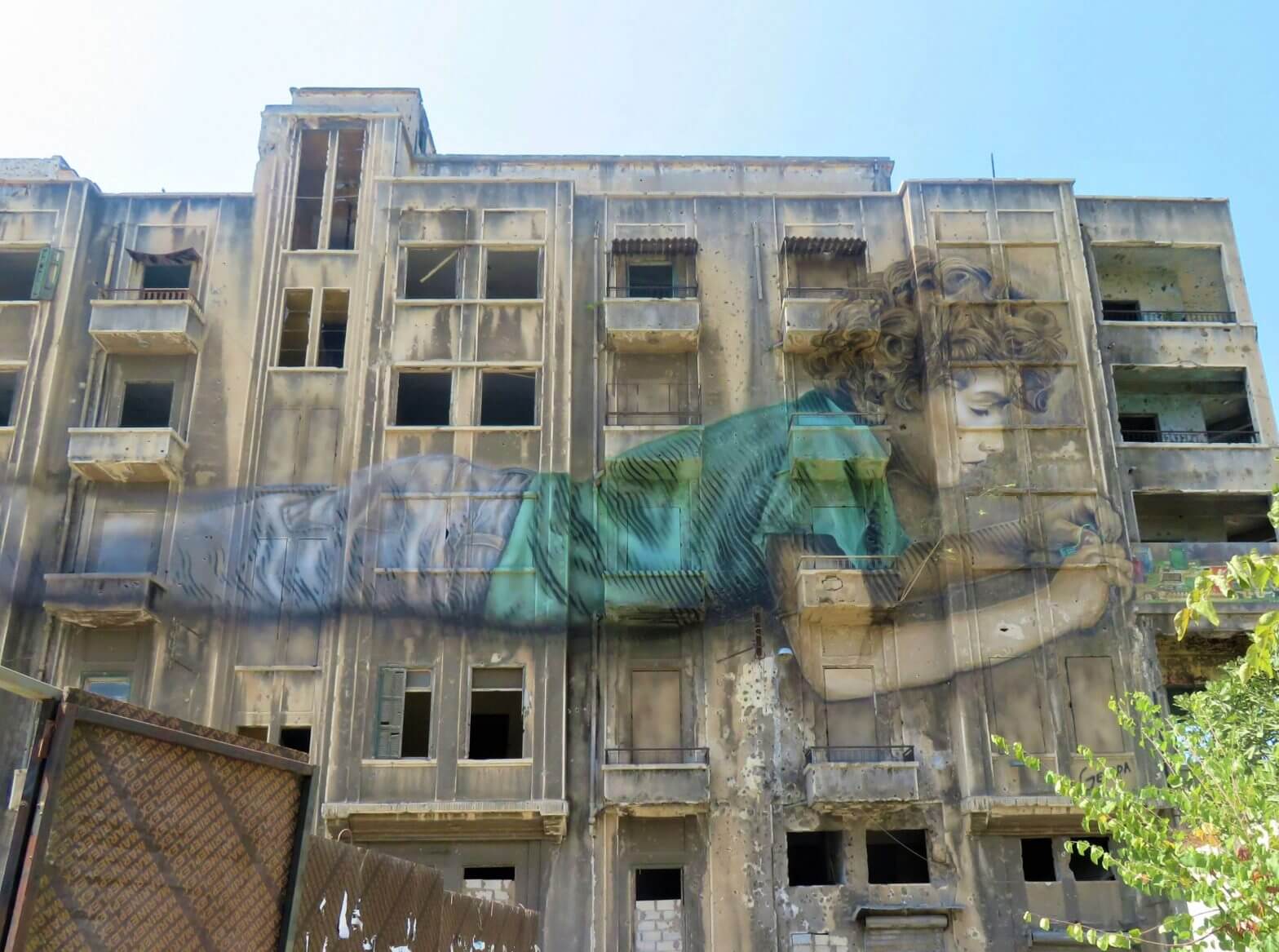
For years, Beirut was defined by the devastating war that raged in its streets, but people are finally waking up to this excellent under-the-radar destination, which has a fascinating history, welcoming locals and fabulous food.
To get a sense of Beirut’s complex history and incredible diversity, stand on the small, unnamed street between Martyrs’ Square and the Place de L’Etoile. You can see the striking blue-domed Mohammad al-Amin mosque, financed by Prime Minister Rafic Hariri before his murder, along with his stark concrete tomb. Next to this is the Maronite Cathedral of Saint George. At least two other churches and two more mosques stand nearby.
In the middle of everything is an excavation of five-thousand-year-old Roman ruins, found in the rubble of the war. There is a plan to turn this whole area into a national monument, but in typical Beirut fashion, there’s no sense of when it might be completed.
From here it’s a short walk to downtown. Almost flattened during the war, this area of the city is currently a desert of overpriced shops and cafes. But the Beaux Arts parliament building and clock tower on Place de L’Etoile are worth a look.
Nearby are the Roman Baths – more of Beirut’s well-maintained Roman ruins, and the imposing Ottoman palace that functions as the Prime Minister’s headquarters. Behind the palace is the city’s only synagogue, which serves a minuscule number of Jews – most left during the civil war, when they started to be kidnapped and ‘disappeared.’
Form an opinion
After the war, Solidaire, the company tasked with rebuilding the city, created a district of luxury apartments with astronomical rents. Evicting local people and demolishing old buildings was deemed necessary to get the city back on its feet, but many Beirutis were, and still are, appalled by the company’s actions.
To see pre and post-Solidaire Beirut together, stand on Omar Daouk Road. From here you can see the scarred, burnt Holiday Inn hotel, and nearby, the gleaming Beirut Terraces, where an apartment can cost $4 million.
If you walk down to the sea, you’ll come to the St Georges hotel with its enormous ‘STOP SOLIDAIRE’ banner. The hotel first opened in 1929, and owner Fadi Al Khoury refuses to let it go the way of others. It’s the city’s symbol of resistance.
Lunch by the sea
Downtown has few authentic restaurants, so walk or get a taxi to Al Falamanki Raouche at the far end of the Corniche. The menu is based on Lebanese home-cooking and includes traditional dishes like wild thyme salad, sujok, meze, salads and grilled meats. Tables outside have nice views of the sparkling Mediterranean.
Relax in style
Although you’ll see plenty of kids leaping off the Corniche and sun-wrinkled beirutis bobbing about, the sea is really too polluted for swimming. You can still enjoy the gorgeous coastline though – do as the locals do, and head to a private beach club. Madame Bleu and the Saint-Georges Yacht Club both have swimming pools, bars and a relaxed vibe.
As the sun goes down, find a spot where you can enjoy a cocktail and take in the view. The Four Seasons boasts the highest, most glamourous rooftop in the city and Le Gray also has a chic terrace. Hardcore partiers can carry on into the night at Garten, an open-air club hosting international DJs.
Day Two
Explore the neighborhoods
Away from downtown, Beirut bursts exuberantly to life. Start your day with a coffee on Gouraud Street, and then spend some time exploring the neighborhoods of Gemmayze and Mar Mikhael. Many of the city’s historic buildings have been pulled down (Solidaire again), but around here there is a handful of restored Ottoman mansions and turn of the century villas.
Lively Gouraud Street is lined with coffee shops, art galleries and boutiques selling jewellery, homewares and handicrafts. Stop at Art on 56th, which exhibits work by local artists in an exquisitely restored building.
Restored building on Gourad Street
Climb the St Nicholas Stairs to Sursock Street, named after the wealthy, influential Sursock family who own most of it. Spend a while in the Sursock Museum – the elegant building is an interesting contrast to the contemporary and sometimes provocative exhibitions that are shown there.
Enjoy the food
Descend the stairs and hail a taxi to take you up Armenia Street to Bourj Hammoud for lunch. Beirut’s Armenian enclave is a fascinating place to explore. There are bakeries selling manakish and tiny restaurants where you can try sou boreg, a dish resembling a pie filled with cured pastrami, and manti, tiny parcels of meat with tomato sauce, yoghurt and sumac. It will all be served with a glass of Lebanon’s national drink, arak.
Reflect on the war
When you’re done feasting head back into the city to Damascus Road. During the war, the infamous Green Line ran straight along here cleaving the city into East and West. You’ll come across many bullet-ridden houses belonging to ordinary people who were at the centre of the conflict.
At the junction with Independent Street is what looks like a heavily shelled building. In fact, it is Beit Beirut, a museum of the civil war that has yet to get off the ground. Walk north along Damascus, and just before the dual carriageway, the Green Line can still be seen – look for a small inconspicuous section of greenery surrounded by metal railings.
War-damaged building in Beirut
Delve into history, or head for the hills
At this point, history lovers can make a beeline for Beirut’s National Museum at the south end of Damascus, which is well worth a visit. But my choice would be to get into a taxi and head for the mountains. The town of Beit ed-Dine is an hour’s drive from the city and is a serene escape from the traffic and heat.
Visit the Beiteddine Palace, an architectural gem which took 300 years to build and is full of exquisite mosaics. A handful of restaurants are dotted about the hills, including one at the Mir Amin Palace hotel which has a view of the valley below. You’ll get a snapshot of Lebanon’s countryside at its most beautiful in the early evening – an enchanting way to end your trip.

Two things are revolutionizing what clothes travelers pack. One is that technical fabrics have entered the mainstream. They are lightweight, creating extra space in your carry-on. They are moisture-wicking, keeping you cool and saving you from time-consuming laundry. And, their UV protection is helpful if you’re walking around in the hot sun.
The second thing is the demise of fast fashion. Many new brands are steering away from cheap clothing and instead, designing long-lasting, versatile pieces that can be worn in different settings: think, a dress that can be worn at work and in the evening, or shorts that can be worn to work out in and then to lunch.
The days of frumpy ‘travel clothing’ are gone, and instead, there are plenty of comfortable, functional and stylish pieces to choose from. Here are some of our favourites.
Top
Iconic clothing brand and environmental campaigner Patagonia started out making gear for climbers. This tank-top is made from organic cotton and Tencel, a fabric made from wood pulp cellulose. Tencel absorbs moisture inside the fabric, rather than on the surface, making it odor resistant, which means less washing. With less moisture on the surface, you’ll feel cool and dry in a hot climate. The pretty print and strappy design make it versatile enough to wear in the evening as well as on a hiking trip.
Buy it: Alpine Valley Tank Top $45
Sweatshirt
When the founders of Seagale considered the design of their swimming shorts, they thought they could do better, so they created their own company, making clothes from technical fabrics like Supplex and Tencel that you can wear every day. Their performance sweatshirt is made from merino wool. Breathable and antimicrobial, it needs less washing and is light, giving you more space in your suitcase or carry-on. The fabric regulates body temperature so you can wear it in warm or cool weather.
Buy it: Merino Performance Sweatshirt €110
Shirt
Raj and Akhil Shah of Seattle-based Ably wanted to find a way to enhance natural fabrics, so they pioneered Filium technology, an eco-friendly process which makes fabrics like cotton and linen repel liquid. Their Aloe shirt is water-repelling, stain-resistant and fast drying. Because the fabric repels water, sweat isn’t absorbed, so you’ll wash it less during a trip. Plus, it dries faster than an ordinary shirt – convenient if you do need to wash it. Bloggers and journalists are fans of the technology.
Buy it: Aloe Shirt $120
Trousers
Anatomie has made a name for itself creating stylish, functional clothes that suit travelers. Their Skyler Travel Pants can be dressed up or down and worn on a hike, in the airport or in a bar. Slim, with a straight leg, they are made from lightweight, quick-drying and wrinkle-resistant material. These particular trousers are beloved of fashion and travel bloggers, and you can read one of the many glowing reviews here.
Buy it: Skyler Travel Pant $225
Jacket
A popular British brand from Penzance in Cornwall, Seasalt started out making hard-wearing outerwear for farmers, sailors and fishermen. Today it produces stylish, practical clothes that function well in unpredictable weather. Their Sail Maker Jacket is made from their own lightweight fabric Tincloth, inspired by the original ‘tin cloth’ oilskin. It is light enough to be worn on a dry sunny day but will protect you from the rain in an unplanned-for downpour.
Buy it: Sail Maker Jacket £39.95
Backpack
Named after a volcano in Ecuador, US company Cotopaxi creates bright backpacks and apparel. With its distinctive design the Allpa backpack will stand out on a hike but equally won’t look out of place while exploring a new city. The 28L version is small enough to take in the cabin, and has mesh pockets for sunglasses and passports, a laptop compartment, and a rain cover, in case you get stuck in a downpour.
Buy it: Allpa backpack $170
San Francisco based Everlane is one of the most popular clothing brands around right now, and has been made even more popular by Meghan Markle. Their philosophy is to create clothing that lasts – perfect if you’re seeking a hard-wearing travel piece. Their Japanese Swing Skirt is made of triacetate, a natural fabric produced from cellulose. The fabric is easy to wash, quick drying and doesn’t wrinkle. Wear this skirt, and you’ll look polished even after the most cramped plane or train journey.
Buy it: Japanese Swing Skirt £69
Sandals
Adored by fashionistas the world over, California based Taos creates stylish footwear that pays attention to comfort. Their Trulie sandals can be adjusted at several different points to give the best fit and the cork footbed is shock absorbing – ideal for exploring a city on foot. They weigh only 7 oz each, so you won’t even notice them in your suitcase. The popularity of this particular design prompted one fashion blogger to call them a ‘wonder sandal’ – read their review here.
Buy it: Trulie sandals $160
Dress
American brand Epoque Evolution is run by two friends who wanted clothes that would serve their active lifestyles. Their Non-Stop Tee Dress has a host of useful features for travelers; it is wrinkle-resistant, UV ray-blocking, and antimicrobial, so you can wear it multiple times. Made from merino wool, it will keep you warm or cool depending on the temperature. The style is versatile too and works with sneakers in the daytime and heels in the evening.
Buy it: Non-stop Tee Dress $178
Shoes
New Zealand start-up Allbirds has received heaps of praise for its comfortable and sustainable shoes. Suitable for the beach and the city, their Tree Runners are made from Eucalyptus pulp – a breathable fabric that wicks away moisture, making them ideal for walking around in a hot and/or rainy climate. The company has received plenty of positive reviews in the media, including this glowing review from one Buzzfeed journalist.
Buy it: Tree Runners $160
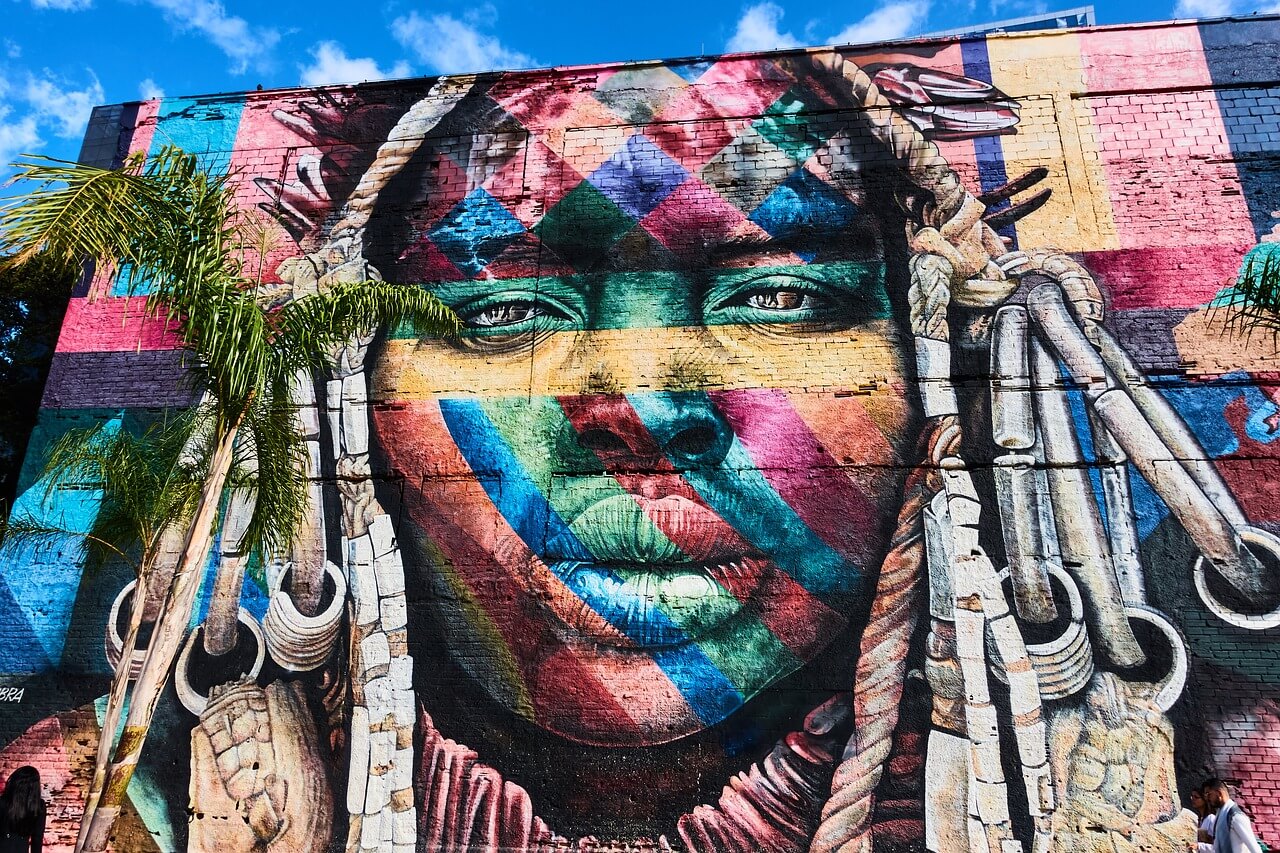
It’s no secret that planning a trip to Brazil can be overwhelming. South America’s largest economy is a sprawling, diverse nation that would take even the most avid traveler a lifetime to explore. Where to even start?
Luckily, Brazilians have an almost fanatical, legendary love of celebration, making regional festivals the obvious place to start any adventure to Brazil.
When you think of Brazil, odds are you think of Carnival, but there’s so much more to this country than just its most famous festival. Fans of folk dance should consider traveling to Brazil for the lively Festa Junina, while the Festival de Cachaca is ideal for anyone willing to brave Brazil’s iconic alcohol, cachaca. Finally, if you have an interest in Brazil’s indigenous culture, make sure you take some time out in June for the country’s second largest party, the Parintins Folklore Festival.
Parintins Folklore Festival
The small riverside town of Parintins, Amazonas, might not look like the kind of place to put on the nation’s second largest festival, but come here in June and you’ll see this Amazonian hamlet punches far above its weight when it comes to putting on a party. For three days at the end of June, Parintins erupts with energy during the annual Parintins Folklore Festival. This festival is based on indigenous Amazonian beliefs, with the centerpiece being an legend of an ox that rose from the dead. Two teams ritualistically compete in a game/drama about the legend. On the sidelines of this epic struggle, visitors can see parades, traditional dances and otherwise immerse themselves in Amazonian indigenous culture. It’s a great way to see the lesser-known side of the ethnically-diverse Brazil, and well worth the trip.
Why celebrate Oktoberfest in Bavaria when you’ve got Brazil? That might sound a bit out of place, but to say the city of Blumenau in Santa Catarina takes its Oktoberfest seriously is, without a doubt, an understatement. In mid October, this otherwise mellow city runs slick with beer, beer and more beer. Indeed, Blumenau itself was originally founded by mostly German and Italian settlers, and even today retains distinct traces of its central European heritage. After a walking tour through the city center to see the old German architecture, join the roughly million other visitors who annually descend on the Blumenau Oktoberfest for a stein or two and some authentic German grub.
Bear in mind that as previously mentioned, Oktoberfest is wildly popular, and stretches Blumenau’s tourism infrastructure to its limits. Needless to say, you’ll want to book your accommodation well in advance if possible.
Speaking of binge drinking, you haven’t had a hangover until you’ve dipped your toes in the wild world of cachaca. Brazil’s most popular alcoholic beverage isn’t particularly well known abroad, but is something of a cultural icon in the nation of its birth. It’s a bit like white rum, but don’t tell any Brazilians that (in the past, the government has lobbied internationally against attempts to classify cachaca as rum). The key difference is that while rum is made from sugarcane molasses, cachaca is produced using cane juice. The result is a flavor that’s somewhat like white rum, but with a distinct herbal twist. Even this, however, is a simplification: the world of cachaca is a wide one, ranging from artistic and exotic at the high end, to bottom shelf swill that you’d probably be better off using to clean your car engine.
There’s no better place to introduce yourself to cachaca than the colonial town of Paraty during the annual Festival de Cachaca. Within spitting distance of Rio, Paratay’s celebration of all things cachaca takes place over three days in August. Along with being ideal for sampling hundreds of types of cachaca, the festival also usually features a mix of music and samba, plus the mandatory handicrafts.
June in Brazil is pure chaos, and it’s all thanks to the Festa Junina. An adopted version of the European Midsummer festival tradition, Festa Junina was introduced by European colonists as a kind of religious/agrarian celebration. Very much a family event, the festival is celebrated all over Brazil on the last weekend of June. At the heart of the festivities is the quadrilha, a unique dance that’s closely associated with Festa Junina. In the south, bonfires are integral to the celebration. However, the real place to be for Festa Junina is in the northeast, where the end of June generally coincides with the start of the wet season. After weeks or months of drought, the celebration represents an outpouring of relief as the dry season passes. A couple of good destinations for Festa Junina include Campina Grande in Paraiba, and Pernambuco’s Caruaru. Otherwise, head to the countryside for something more authentic.
A reason to visit the country in-and-of-itself, Carnival is almost a synonym for Brazilian culture. The first week of March is a nonstop party that engulfs the entire nation with spontaneous celebration, parades, cultural events and the ubiquitous blocos (the Brazilian version of a block party).
Carnival can be celebrated anywhere in Brazil, though it’s usually the big cities that boast the best parties. Rio de Janeiro, Salvador and Recife are all good picks.
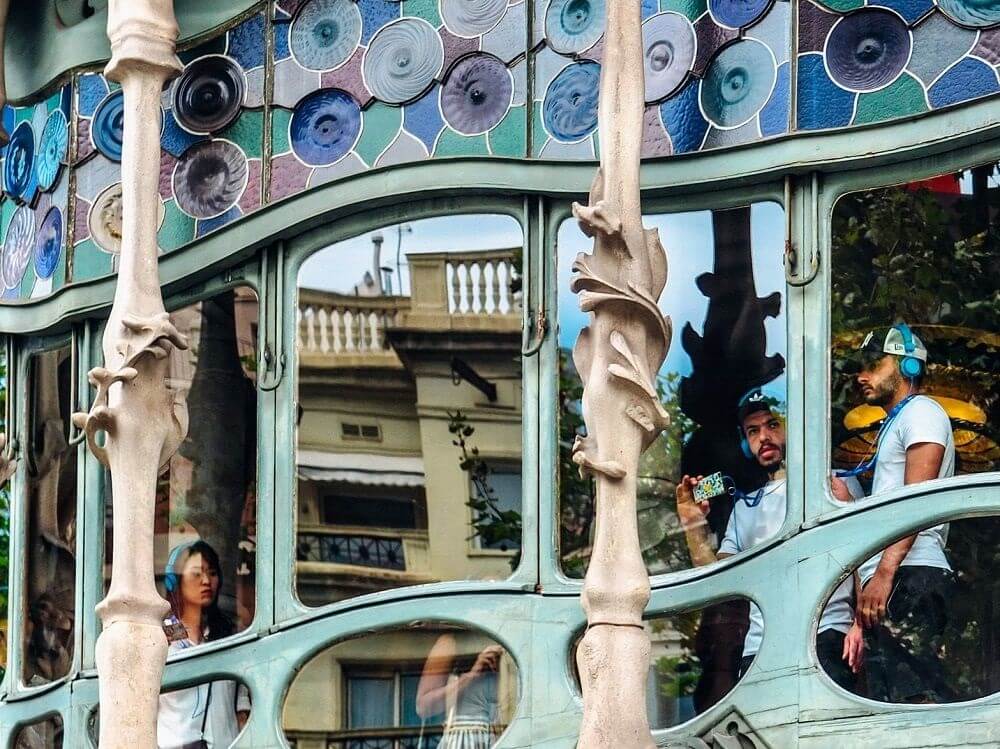
Barcelona’s appeal as a laid-back beachside city brimming with architectural elegance and easygoing charm is now well documented. From its Modernist masterpieces to its thriving bar and restaurant scene, and its location on the Mediterranean coast, the city is hard not to fall in love with.
But where exactly in Barcelona should you stay? Whether you’re on a weekend anniversary break with your loved one or a ten day exploration of Catalonia’s finest cultural offerings, here’s our run-down of the city’s neighbourhoods and what makes each one special.
For history, romance, and atmosphere, look no further than the ancient Barri Gòtic. Home to the remains of Roman Barcelona, this central neighbourhood is full of evocative neo-Gothic architecture. Think winding streets, archways and peeling wooden shutters. Check out the gloomy Gothic grandeur of the cathedral with its many gargoyles and great views of the Old City from the roof. Get your fill of ornate churches with the Basilica de Santa Maria del Pi, and the Basilica dels Sants Just i Pastor. Find a seat under a palm tree in Plaça Reial. Stroll down Las Ramblas or head to La Boqueria with its fresh food stalls. This neighbourhood hums with activity in the daytime but is quiet at night, making it ideal for those wanting to get a daily dose of culture, retire early to bed, and make the most of the following day.
Barcelona Cathedral in the Barri Gòtic
Take a trip back to medieval Spain with a stay in the Barri Gòtic. TripExpert recommends staying at Hotel Neri Relais & Chateaux, which Star Service says is, ‘eclectic, elegant and blessed with one of the better dining rooms in the neighborhood.’
This former red light district has grown into a lively and dynamic neighbourhood. Here you’ll find the Museu d’Art Contemporani de Barcelona, the city’s main modern art gallery, also a popular spot for skateboarders. There’s also the Filmoteca and the Centre de la Cultura Contemporania, making El Raval a fabulous neighborhood for art lovers. Rapidly gentrifying, El Raval also has some great little boutiques as well as Indian and Pakistani-run markets, contributing to its bohemian and multicultural vibe. Make sure to visit Gaudí’s Palau Güell, a whimsical mansion that is over 100 years old, and catch a show at the Gran Teatre del Liceu.
Center of Contemporary Culture, Barcelona
Find out why Barcelona is considered one of Europe’s hottest cities of culture with a stay in diverse El Raval. TripExpert recommends Hotel 1898. Fodor’s says, ‘Overlooking La Rambla, this imposing mansion, once the headquarters of the Compañiá General de Tabacos de Filipinas, couldn’t be better located.’ There’s also the futuristic Barceló Raval, ‘A hip Barcelona sleep near La Rambla with a rooftop bar and pool and panoramic city views’, according to Jetsetter.
Like the Barri Gòtic, El Born is full of medieval relics. And like El Raval, it has a trendy buzz. What really sets El Born part from the other two neighbourhoods are its relaxed plazas and lovely parks, which include the charming Ciutadella Park, 280,000 square meters of peace, palm trees, and parrots. Rent a rowing boat here, or pay a visit to Barcelona Zoo. Don’t miss Santa Caterina market, a great alternative to the crowded La Boqueria. Art aficionados will want to make a stop at the Picasso Museum. Less high-brow but highly entertaining is the Museu de Xocolata – it’s hard not to like a museum devoted to chocolate. When night falls, head out on an exploration of this neighbourhood’s buzzing restaurant scene. Don’t be confused if you hear this area referred to as La Ribera. It’s original name was actually Sant Pere, Santa Caterina i La Ribera.
For historic architecture, edgy shops, and a cool vibe, El Born fits the bill. TripExpert recommends staying at Grand Hotel Central, which CN Traveller describes as, ‘hip without the attitude.’
Much of Barcelona’s charm lies in its seaside location, and so staying close to its sandy shores is an appealing choice. If you’re after easy breezy beachside living, the old fishermen’s neighbourhood of La Barceloneta is ideal. This area has a lovely village-like vibe and a laid-back atmosphere. Stroll the old centre with its small distinctive houses, narrow balconies, and blue and yellow flags – the ancient heraldic symbols of the neighbourhood.
Enjoy good seafood, go for morning jogs along the Passeig Marítim promenade, and kick back with a beer and watch gorgeous sunsets over the ocean. Kids will love visiting L’Aquarium de Barcelona, one of the biggest in Europe. You’ll also find an IMAX movie theatre in this neighbourhood – in the unlikely event of rain. And, of course, there are four different beaches to choose from. At the beach of Sant Sebastià you can take a cable car up to an observation platform near the Miramar hotel. Then there’s the beach of Barceloneta, the beach of Sant Miquel with its L’Estel Ferit sculpture, and lastly, the beach of Somorrostro.
La Barceloneta, Barcelona
If you feel happiest sunkissed and with sand between your toes, La Barceloneta is the neighbourhood for you. TripExpert recommends staying in WBarcelona. Lonely Planet says the rooms and suites are, ‘the last word in contemporary hotel chic.’
Barcelona is famous for its Modernist architecture. For those who want to explore what makes these buildings so unique and worthy of their UNESCO status, a stay in La Dreta de L’Eixample is ideal. Located on the right of Passeig de Gràcia, the area is home to Gaudí’s La Pedrera and the iconic Sagrada Família, a magical reinvention of the traditional Gothic cathedral. Pay a visit to the Illa de la Discòrdia for a full-on pageant of Modernism with five creations by the three leading architects of the day: Casa Batlló by Antoni Gaudí, Casa Lleó Morera by Domènech i Muntaner and Puig i Cadafalch’s Casa Amatller . You’ll even find Modernist grocery shops and pharmacies in this neighbourhood. This is a wealthy and upscale area, deserving of its nickname, ‘Quadrat d’or’, or ‘The Golden Grid.’ Peruse the shops along Passeig de Gràcia or relax in a bar on Passeig de Sant Joan.
Casa Batlló, Passeig de Gràcia
If you fancy escaping the tourists and traffic of central Barcelona for somewhere authentic, there’s no better place than Gràcia, with it’s arty and alternative vibe and proudly independent spirit. You’ll find chic boutiques, great restaurants, and even a few Modernist buildings, including Hotel Casa Fuster and Casa Vicens. Most significantly, however, this neighbourhood is home to Parc Güell, a Modernist wonderland with a mosaic dragon and Hänsel and Gretel-inspired gatehouses. Enjoy this neighbourhood’s slower pace, taking the time to enjoy a beer in one of the many peaceful plazas such as Plaça de la Vila de Gràcia or Plaça del Sol. Time your visit to coincide with the Festa Major de Gràcia to experience street decorations, fireworks, and parades.
Live like a local in lovely Gràcia. TripExpert recommends staying at Casa Fuster. According to Frommer’s, the hotel, ‘blends sheer luxury with first-rate state-of-the-art amenities.’
L’Esquerra de l’Eixample and Sant Antoni
To the left of the Passeig de Gràcia, you’ll find Eixample Esquerra, an affluent neighbourhood with an intellectual edge thanks to its proximity to multiple university campuses. Head to Parc Joan Miró, also known as the Parc de l’Escorxador, with its pines, pergolas, and statue by Joan Miró called the Dona i Ocell – or Woman and Bird. Catch a concert in the University of Barcelona gardens or explore the up-and-coming area of Sant Antoni, a bohemian corner of the city full of young urban creatives, edgy street art, and a vibrant bar and restaurant scene. There’s also a beautiful market of the same name.
Enjoy all the perks of the city-centre without the crowds in charming Esquerra Eixample. TripExpert recommends Hotel Cram which, CN Traveller writes, ‘isn’t crammed with anything except a very cool Barcelona crowd.’
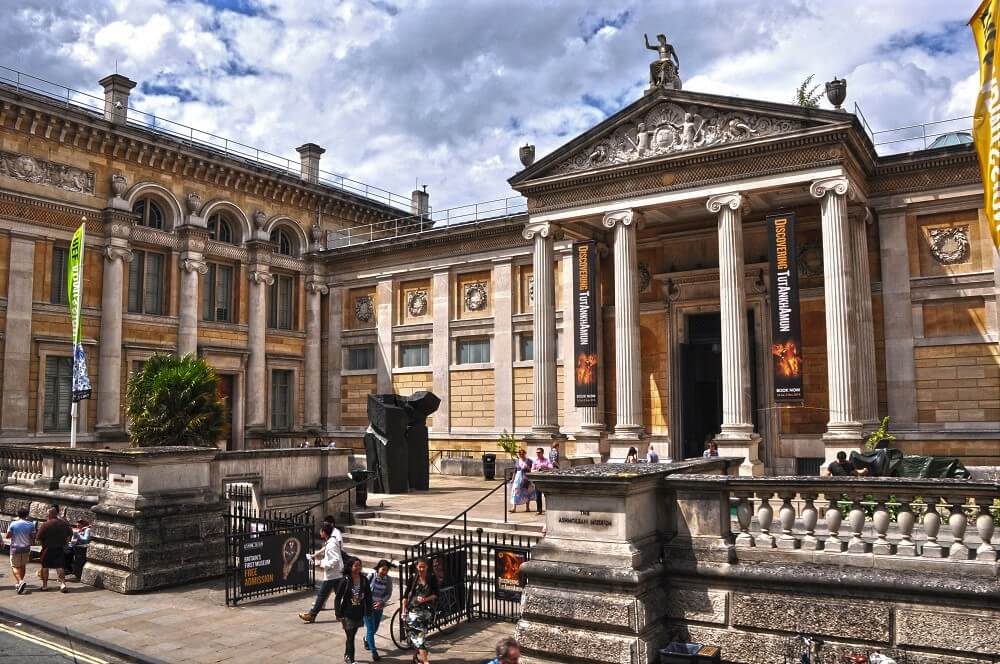
The city of Oxford has become almost synonymous with its university, one of the top learning institutions in the world, as well as one of the oldest. The university is made up of 38 colleges whose pristine quadrangles, picturesque chapels, and medieval dining halls have seen the likes of Stephen Hawking, Margaret Thatcher and Oscar Wilde pass through as students.
But Oxford isn’t just about pouring over books in dusty libraries and cramming for exams. The city’s charms – its history-steeped streets, fascinating traditions, and acclaimed dining scene – aren’t solely the preserve of students. In fact, Oxford has all the ingredients for a blissful weekend getaway. From punting along idyllic waterways to exploring Winston Churchill’s former home, Oxford guarantees a truly memorable holiday.
Here are 10 reasons why Oxford should be on your bucket-list, whether it’s as a last-minute escape or a special anniversary weekend with your partner. As CN Traveller puts it, ‘Oxford is constant, reliable, wonderful, a weekend jaunt with historic thrills.’
Because of its incredible good looks
The first thing you’ll notice upon arriving in Oxford is how attractive the city is. It’s possible to spend your entire afternoon in a history bubble surrounded by ancient architecture and other relics from the past. There are the colleges, with their honey-coloured brick walls, tranquil cloisters, and perfectly maintained lawns. Then there are the city’s beautiful buildings like the Radcliffe Camera and the Hertford Bridge, also known as The Bridge of Sighs. With stained glass windows at every corner, and domes and spires dominating the skyline, Oxford is indisputably one of the most photogenic cities in Britain. The best views are from The Carfax Tower.
Because its traditions are alive and kicking
Oxford certainly wears its past on its sleeve and its traditions, far from being consigned to the history books, are still practiced with enthusiasm today. These rather eccentric conventions and rituals are evident in the students flying past on bicycles on their way to exams, dressed in the traditional attire of gowns and mortarboards. There are also the glorious May Morning celebrations, where, on May 1st each year, the Magdalen College choristers sing from the top of the college tower, angelic voices drifting down to the crowds below, gathered to welcome in the Spring. A final unique experience is evensong at Magdalen College, an atmospheric candle-lit service where you’ll feel like you’ve stepped inside a time-machine.
Because it has some of the best museums
Few cities can rival London when it comes to world-class museums but Oxford steps confidently up to the challenge. The city boasts an incredible number of museums and you’d be hard pushed to visit them all in one weekend. There’s the enormous Ashmolean, for one, Britain’s oldest public museum, where you can see Michelangelo’s studies for the Sistine Chapel and Guy Fawkes’ lantern. Enjoy refreshments in the rooftop restaurant afterwards. Then there’s the History of Science Museum, where, as Lonely Planet writes, “science, art, celebrity, and nostalgia come together.” Or the Oxford Museum of Natural History which has the world’s most complete dodo specimen. One of our favourites is the Pitt Rivers Museum, full of oddities from all over the world, including blowpipes and shrunken heads. And, finally, there’s Oxford Castle & Prison, for those who like their history gory.
Inside the Ashmolean Museum
Because you can catch movies and plays in style
As the sun sets on Oxford’s cobbled streets, with feet tired from all that sightseeing, you might fancy snuggling down with some popcorn and catching a movie. At The Ultimate Picture Palace on the Cowley Road in east Oxford, you can enjoy the latest blockbuster in a cinema with a difference. This Grade II-listed building has a gorgeous Art Deco auditorium which shows all the recent releases as well as some old-school favourites. There’s even a bar for snacks and drinks to see you through the screening. But if spending the evening indoors seems a shame, pick up a ticket for a show by the Oxford Shakespeare Company who perform up-to-date takes on Shakespeare’s plays in outdoor settings, including Oxford Castle and Wadham College. Bring a picnic to enjoy during the performance.
Because you can drift down the river in a small wooden boat
How do Oxonians unwind? Since the 19th century, their preferred way to relax has always been in a flat-bottomed wooden boat known as a punt – accompanied by a jug of Pimms. Rent a punt from Magdalen Bridge and discover the city’s picturesque waterways. Remember to pack some snacks, preferably strawberries and a bottle of bubbly, and take in the charming scenery of meadows and woodland. You probably won’t be surprised to discover that it was in a punt like this that Lewis Carroll found inspiration for the story of Alice In Wonderland, drifting along the river with the young Alice Liddell. So sit back and allow yourself to meander along, enjoying this wonderfully idyllic way to explore the city.
Punting is a popular thing to do in Oxford
Because it’s a movie star in its own right
Does Oxford look a tad familiar? That’s because the city has starred in multiple movies including, and perhaps most famously, Harry Potter. The Great Hall in Christ Church College inspired Hogwarts’ very own Great Hall, and the Bodleian Library, Duke Humfrey’s Library, and New College all also featured in the movies. In addition to making appearances in the wizarding world, Oxford also played a major role in both the TV and film adaptation of Evelyn Waugh’s 1945 novel Brideshead Revisited. The city also features in the film adaptation of The History Boys, a play by Alan Bennett, who was also an alumnus of the university. And, finally, you might enjoy a tour of all the Oxford locations – pubs, colleges, and streets – that appeared in the detective series Inspector Morse.
Because of its dining and bar scene
Oxford’s bar and restaurant scene has improved tremendously in recent years. From creative cocktail bars to old-fashioned pubs full of legends and lore, from fancy bistros to quirky little cafes, today there’s something for every mood and taste. Check out the Lamb and Flag where Thomas Hardy wrote Jude the Obscure. For more ancient drinking dens you’ve got the Turf Tavern and the King’s Arms. The Eagle and Child was a hang-out for the ‘Inklings’, a group of writers that included CS Lewis and JRR Tolkien. For food, one of the best rated places in the city is Oli’s Thai, an unassuming eatery in east Oxford where you have to book months in advance. Otherwise, there’s Turl Street Kitchen, which The Telegraph describes as ‘a trendy, charity-run café with a changing collection of work by local artists and a short, seasonal menu with tempting veggie options.’ TripExpert also recommends Belmond Le Manoir aux Quat’Saisons, and Gee’s Restaurant, which, as Frommer’s says, is ‘where Oxford students take their parents when they come to town.’ And when evening arrives, head east across Magdalen Bridge to the Cowley Road where the city’s most lively bars and clubs await.
Because there’s no better place for book-lovers in all of Britain
Not only is Oxford a hallowed centre of learning, boasting one hundred libraries and alumni including JRR Tolkien and Dr Seuss, but it’s also home to Blackwell’s bookshop. Blackwell’s is the largest academic and specialist bookseller in the UK. But the best part of this particular bookshop is the Norrington Room, where bookworms can scour over three miles of shelves. Blackwells is in fact the Guinness World Record holder for the largest single room selling books. So peruse the shelves at your leisure and pick out something that catches your eye. As for where to read it? No better place than in a punt.
Because the surrounding countryside is idyllic
Oxford is an indisputably beautiful city so it’s no surprise that it demands high standards of its surroundings as well. The towns and villages scattered around the city are just as picturesque as Oxford itself, nestled among the gently rolling hills and charming farmland. You don’t even have to venture that far to get a taste of these bucolic delights. Port Meadow is walkable from the city-centre, a wide open pasture with a meandering river, the spires of Oxford visible in the distance. Walk along the waterfront until you reach The Perch, a 17th century pub with a great beer garden. Or you might consider going further afield to see Blenheim Palace, a huge Baroque country house with vast gardens and parkland, the birthplace of Winston Churchill.
Because you can stay in some thoroughly unique hotels
Given Oxford’s rather eccentric nature and unique traditions, it’s only fitting that there are some equally unusual – but nonetheless fabulous – places to stay during your weekend away. Book a room in the neo-Gothic Macdonald Randolph Hotel for a bit of old-school grandeur. Or there’s Malmaison Oxford Castle – because how often do you get the chance to stay in a 19th century prison? For something a little less fancy but no less characterful, you’ve got Holywell Bed and Breakfast, a warm and traditional hotel with rooms full of ‘quirky antiques, bunches of dried lavender, imaginative book collections and a good tea tray.‘ Finally, for a bit of luxury and some impeccable views, it’s hard to beat the Old Bank Hotel and its rooftop bedroom, The Room with The View.
One final reason why Oxford makes the easiest and most enjoyable of weekend breaks is the city’s proximity to London. Fly into a London airport before catching the train from London Paddington or the 24/7 Oxford Tube from Victoria. You’ll be among the city’s spires, towers, and turrets in no time.
Just another WordPress site
